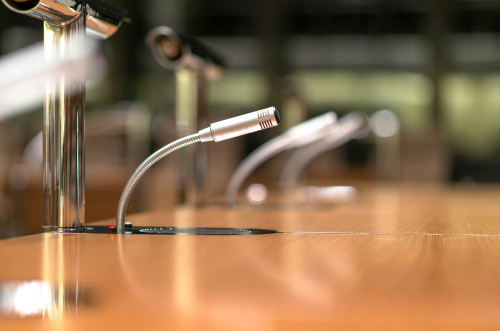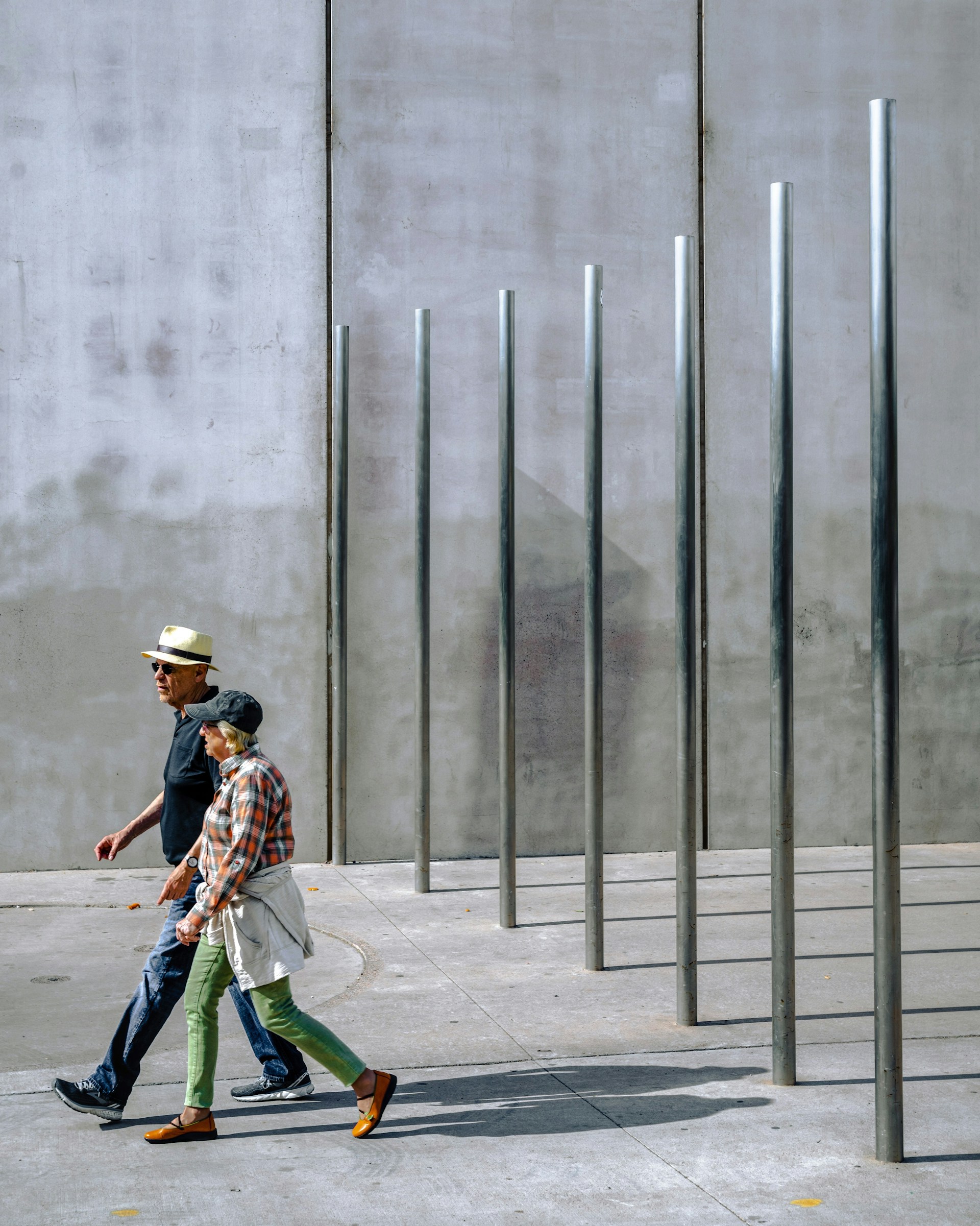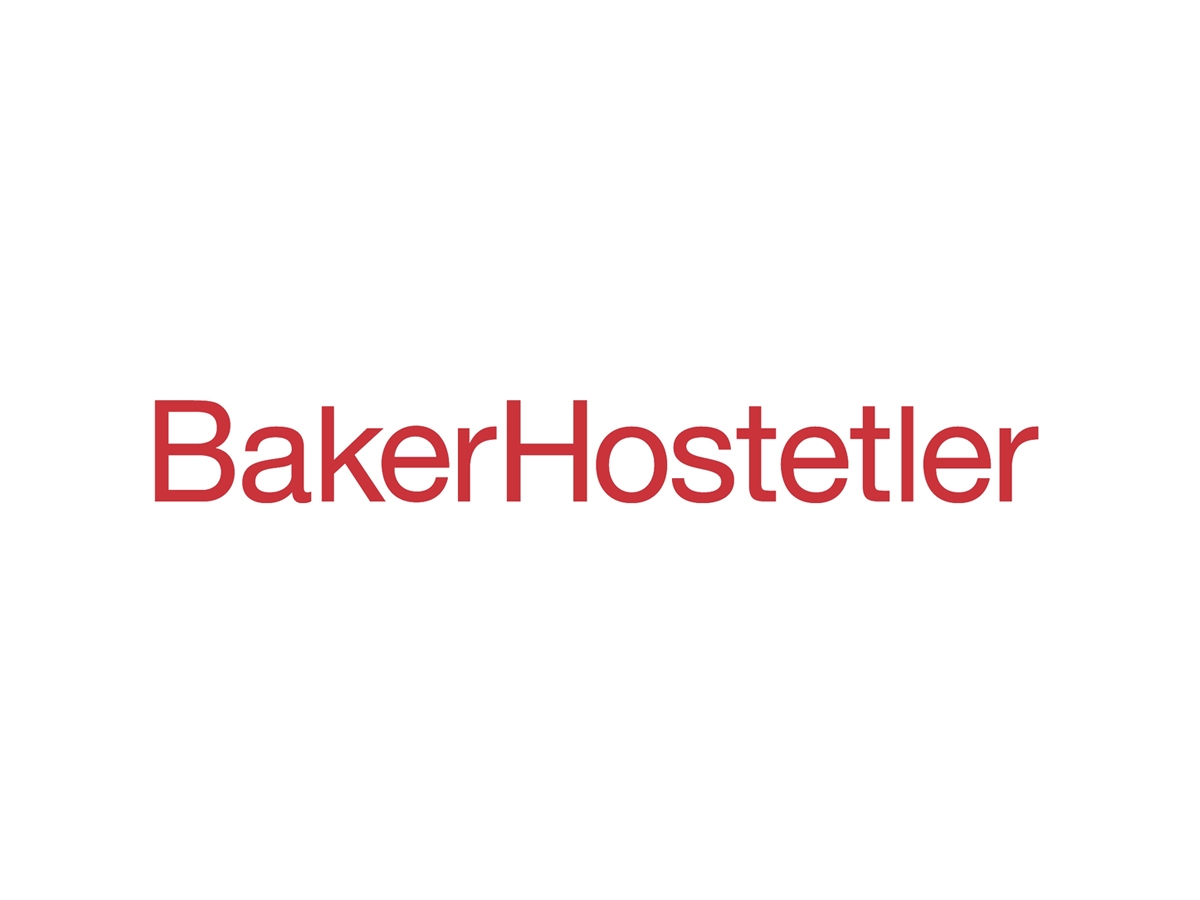Bridging the Gap between Patent Licensing Disputes
“FRAND negotiations workshops have shown promise in resolving disputes involving large patent portfolios through pre-litigation mediation.”
Patent licenses include a complicated assortment of interdependent terms and conditions. Negotiating patent licenses and patent portfolio licenses successfully requires both parties making business-driven compromises in order to reach mutually satisfactory agreements. Mutually acceptable does not mean that either party thinks it has “won” a negotiation. In most cases, a patentee’s belief that their patents were valid, infringed, and valuable is stronger than that of a putative infringement. The parties’ mutual interest in avoiding litigation often offsets the value each party believes they have left on the table through compromise. The parties’ disagreements over the validity, scope and value of the patents are not resolved by the agreements they choose to enter but rather their business interests in avoiding litigation.
This article describes a pre-litigation workshop used to assess whether parties that disagree about the validity, scope and value of patents can reach agreement through pre-litigation mediation. The workshop is based upon a hypothetical scenario that involves a licensor who has a large portfolio of patents and a large, well-resourced licencee with a roadmap for emerging technology products. The parties to this scenario are both open to participating in a mediated condensed negotiation to see if they can avoid multi-jurisdictional litigation for years or at least limit what issues need to be negotiated. The workshop’s results are discussed. Although the results from only three pilots are not conclusive, they are nonetheless promising in connection with disputes involving large portfolios and support the need for further investigation, especially for other patent-related disputes.
The SEP/FRAND Policy Debate
Disputes over standard essential patents (SEPs) and fair, reasonably and non-discriminatory terms and conditions (FRAND) licensing began decades ago with debates within standards development organizations (SDOs) involving their patent policies. These disputes are increasingly being played out in courtrooms around the world. On one side, large companies with substantial R&D investments to create new innovative products (Product Innovators) seek low-cost or even free patent licenses. Product Innovators are more likely to make money from their products and services, and they often retain exclusive rights to their inventions. On the other hand, large companies with significant resources invest heavily in developing new disruptive infrastructure to enable the next generation products and services. In reality, very few companies are either pure Product Innovators (or Standards Innovators), but instead fall somewhere in the middle. A company’s position on SEP policies and licensing disputes, however, aligns with its predominant business model as a Product Innovator or Standards Innovator.
For years, Product Innovators and Standard Innovators have endlessly argued over patent policy, legal reforms, and regulatory proposals. With few exceptions, there has been little progress, and the arguments have not led to any effective compromises. The amount of litigation is relatively small compared to the number of SEPs and standards, but multi-jurisdictional litigation can take years and be very expensive. This has been a problem for both Standards Innovators and Product Innovators. Both groups can spend substantial sums on legal fees associated with litigation in several jurisdictions around the world for many years before the patent disputes are finally resolved.
Standards Innovators may need to wait years before receiving licensing revenue to reinvest in R&D efforts to develop new standards and subject their patent portfolios to risk if the litigation is unsuccessful. In the end, many Standards Innovators can only hope to procure the same FRAND license agreement with an accused infringer that the Standards Innovator offered at the outset before spending millions on defending and enforcing its patents.
Product Innovators also have serious business concerns stemming from protracted and expensive worldwide litigation. Even the threat of a court order can cloud the Product Innovator’s commercialization efforts, both with partners and customers. Pressure from partners and customers may induce Product Innovators to accept terms in agreements that they would not normally accept, increasing their costs and potential liabilities.
Once parties begin to dispute the scope, validity, and value of specific patents, it is often very difficult to step back and negotiate a patent license even when both parties would benefit by avoiding litigation. A patentee can reasonably assume that some of the claims in the patents-in suit will be found invalid, uninfringed, or of little value when large patent portfolios are at issue. The workshop was designed to engage parties in a pre litigation mediated negotiation focused on business-driven licenses instead of resolving disputes involving the scope of validity and value of patents. The workshop tested the proposition that willing parties could reach agreement in a short timeframe through mediation without discussing the merits of any particular patents, provided that the parties were given tools and options to help them find mutually acceptable solutions to their respective business concerns.
The Workshop
Three test runs of the workshop were conducted with different groups of participants. The first group consisted of experienced licensing attorneys representing a number large holders of SEPs. The second group consisted of individuals from the U.S. Patent and Trademark Office (USPTO)’s policy group. The final test group consisted of a larger group, with varying backgrounds and levels of experience. This test run was conducted at the AIPLA’s spring meeting. Although. the first test run was virtual and the second two were conducted in person, all three used the same scenario, format and overall time constraint.
The workshop is based on a hypothetical scenario involving a futuristic teleporting standard, a large SEP portfolio holder that has made the most significant contributions to the standard, and a large well-resourced product innovator that has deployed the teleporting standard in a new IoT device with several other IoT devices in its pipeline. Participants are divided into two teams: one representing the SEP owner and the other representing the product company. Each group receives identical information about the scenario including their disagreements regarding the patents involved and a history about their discussions so far. Each party receives an additional “Privileged & Confidential document” that outlines the CEO’s position on showstoppers and options that may be useful to promote acceptable agreements with their counterpart. It was left up to the participants to decide if they want to propose any of these options or take other approaches.
The mediator’s role was to keep the parties focused on possible solutions, avoid debates about the patents involved, ensure that the discussions were constructive, and most importantly, explain the options that were provided in the Privileged and Confidential packets and how they could be employed to assess possible areas of compromise. The workshop was promoted as a cooperative game in which both parties win and lose together. The sequence was repeated three time in a total of 1 hour 45 minutes. The parties were told that due to the short time frame to reach an agreement, they should not agree on all issues but only the most important ones. These included the scope of the license, compensation, and its structure, as well as how to deal with specific issues such royalty stacking. Participants were not required to draft agreements, but to list those that they felt comfortable recommending to their CEOs. Each agreement reached was different. The parties did not consider the strength or value the patents when they reached a deal in each case. The negotiations were heavily influenced by the business interests that were presented in the scenario.
The initial run resulted with an agreement that had the lowest royalty, but the shortest period. The license covered only the licensee’s one commercially available product. The patent holder agreed to not assert against new products for the duration of the license, but damages would still accrue. Both parties felt that the tradeoffs they made would pay off in avoiding litigation while they gained more market information.
The last run resulted in an agreement with the highest royalty, but it covered all the licensee’s teleporting products, current and future, and the license was perpetual. The parties agreed on a grace period, which meant that royalties would not be due until a product had generated a certain amount in revenue. This allowed the licensee to establish the product and gain market share before paying royalties. The license term was twice as long as the term agreed to in the first run and covered all the licensee’s teleporting products.
Aside from the parties being represented by different individuals with different backgrounds and experience levels, feedback from the first test run was used to make slight changes to the second test run, and feedback from the second test run was used to make slight changes to the third test run. The changes primarily involved changing the timeframes for the individual and group meetings in each of the segments although the combined time for each run remained at 1 hour 45 minutes.
Further Investigation
Feedback from participants suggested that more time would be useful. This was particularly true for test runs that had more participants or participants with less experience in licensing. Participants were attracted by the fact that the workshop only took a minimal amount of time. Participants were asked spend approximately 30 minutes reading the materials and 1 hour 45 minutes in the workshop. Future test runs will try to extend the overall time by an hour.
The situation could be easily modified to address situations involving large non-SEP portfolios, such a portfolios directed towards biotechnology. The workshop process, the options and the goals would be similar. Participants would need different compromise options. While pre-litigation mediators could be helpful for resolving disputes between patent assertion entities (PAEs), they would also require different options. Parties to litigations in which the patent holder holds few patents (such as lawsuits brought by PAEs) may not be able reach compromises if they do not know the scope, validity and value of the patents. Pre-litigation Mediation could still be helpful in narrowing patent issues that need adjudication, and could result in an agreement that would eliminate damages in such cases.
A road map
FRAND Negotiations Workshops have shown promise for resolving disputes with large patent portfolios by pre-litigation mediator. Participants were able reach agreements on licensing terms without having to debate the validity, scope, or essentiality of the patents. Participants found that options tailored to each party’s concerns were helpful in making tradeoffs between the many complicated terms in patent license agreements. The workshop may ultimately be useful as a roadmap for resolving actual patent disputes in time-limited pre-litigation mediation.
Image Source: Deposit Photos
Author: lightsource
Image ID: 16964055






